Aging brings with it age-related changes that first show on the face. There’s a decrease in facial volume which is caused by fat volume loss, muscle atrophy, dermal thinning, and reduction in girth of bones. Gravity also takes a toll on the face by causing the descent of the soft facial tissues and creating unpleasing shadows and folds such as marionette lines, nasolabial folds, and tear troughs. All these can be corrected with a facial rejuvenation with fat transfer to the face.
Facial rejuvenation with fat transfer, also known as lipostructure or lipofilling is both a surgical and non-surgical technique used to restore volume and youthfulness to a person’s face by transferring his/her fat to key areas of the face.
Autologous fat grafting or fat transfer is a procedure whereby a person’s fat is harvested usually from the abdomen or thighs, purified, and injected into the targeted treatment area for a variety of different purposes.
Autologous fat grafting is one of the most biocompatible dermal fillers and it is considered by many as the ideal filler as it produces soft and natural effects and may have semi-permanent to permanent results.
Target Areas for Facial Rejuvenation with Fat Transfer
Facial rejuvenation with fat transfer not only restores volume to the face but can also revitalize the skin by improving texture and tone.
The most common facial areas that can be rejuvenated by fat transfer include:
- Under-eye hollows
- Cheeks
- Lips
- Chin
- Temples
- Jawline
- Wrinkles around the mouth
- Nasolabial or marionette lines near the nose or mouth
Good Candidate for Facial Fat Transfer
The ideal candidate for facial rejuvenation with fat transfer is an individual who has begun to experience a shallow appearance to the face. You should have good skin elasticity and not have any medical condition that can impair healing. You should be in good health and have realistic expectations about the procedure.
A good candidate should also have either of the following:
- Furrows or wrinkles on the face or neck
- Loss of facial volume in specific areas of the face
- A diminished jawline
- Deep creases between the bottom of the nose and the corners of the mouth
Procedure
Facial rejuvenation with fat transfer is usually done under general anesthesia. For men, the facial hair has to first be shaved off for clear visualization during the procedure.
Fat is harvested through liposuction from donor sites with the most common being the abdomen, buttocks, and thighs. This involves injecting a tumescent solution into the donor site and waiting a few minutes for the area to go numb. A tiny incision is made and a cannula or small tube inserted underneath the skin into the fat. The cannula is used to dislodge the fat and it is then suctioned out.
The harvested fat contains several redundant components like blood, oil, dead adipocytes, and local anesthetics. These components can compromise the graft uptake by promoting inflammation, necrosis, or vasoconstriction. Hence the harvested fat has to be processed or refined to get the viable fat of interest.
The processed fat is then injected into targeted facial areas for volume restoration and contour enhancement. It is quite common for the Plastic Surgeon to overcorrect the treatment area by injecting more than is needed as the reabsorption rate is can be high. This improves the chances of survival of the fat graft.
Recovery After Facial Rejuvenation with Fat Transfer
Following the procedure, you may experience swelling and bruising in both the donor site and the treatment area but this goes down in two to four weeks. Keep your head elevated and avoid strenuous activities for the next few days.
Results of Facial Rejuvenation with Fat Transfer
The results of the facial fat grafting will be visible as the swelling goes down and repeat treatment may be needed for the optimal results to be achieved. The results may last between 5-10 years.
Risks After Facial Rejuvenation with Fat Transfer
All surgical procedures carry some degree of risk and although it is unusual for facial rejuvenation with fat transfer to have complications there are some risks which include:
- Bruising
- Asymmetry
- Infection
- Nerve damage
- Fluid/blood collection
- Prolonged swelling
- Donor site contour irregularities
- Complete or partial graft loss
Next Step
At Aesthetics by Kings College Hospital Dubai, we have the leading plastic surgeons in the region who are UK and European-trained and board-certified and focus on the safety and care of every patient in a compassionate environment with state-of-the-art facilities. To book a consultation, get in touch using the contact details given, and one of our patient-care staff will book an appointment for you.

